Karlfelersii - Untitled

More Posts from Karlfelersii and Others
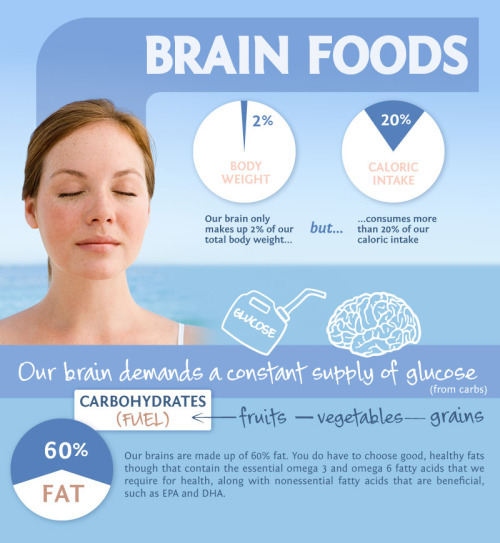
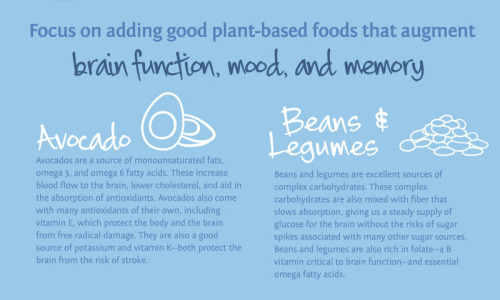


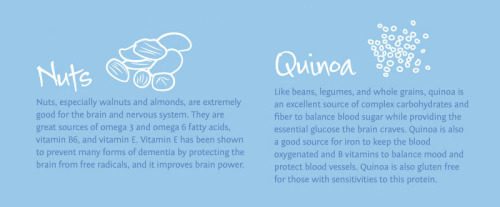




For more posts like these, go to @mypsychology
Dreamland, the Power of Lucid Dreaming

Have you ever had the experience of wondering if what was happening to you was a dream or real? If so, you’ve likely experienced a lucid dream.
A lucid dream is a dream in which you know you are dreaming. During lucid dreaming, you can control the characters, the environment, the narrative, and the outcome of the dream.
Is it really a thing? It is. I have experienced a lucid dream, though, I didn’t know that’s what it was at the time. I didn’t realize I could lucid dream until I did some research as to what lucid dreaming was all about….
What is Lucid Dreaming?
Is it Really a ‘Thing’?
What Can You Get Out of It?
How do you do it?
▻ Read All About It Here ◅

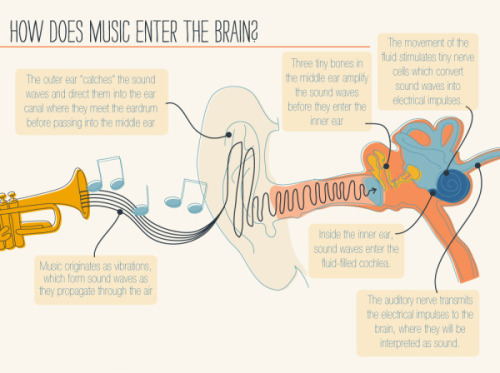
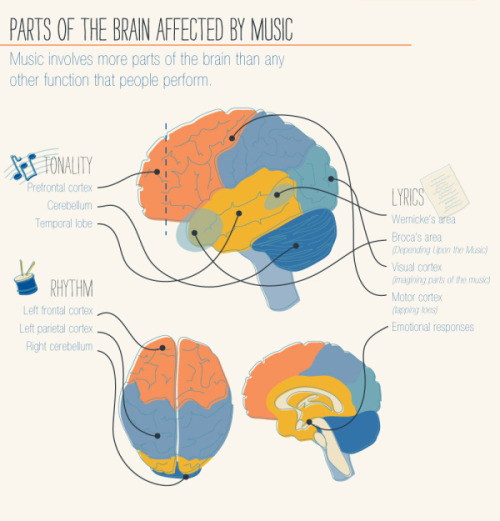
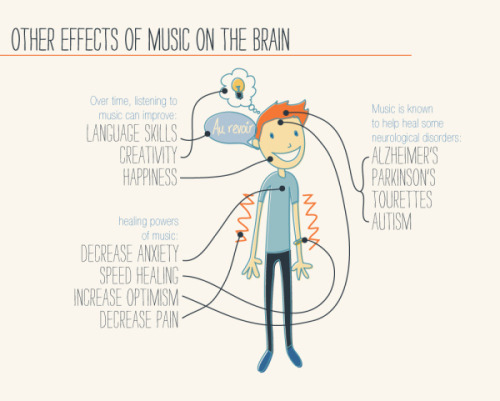
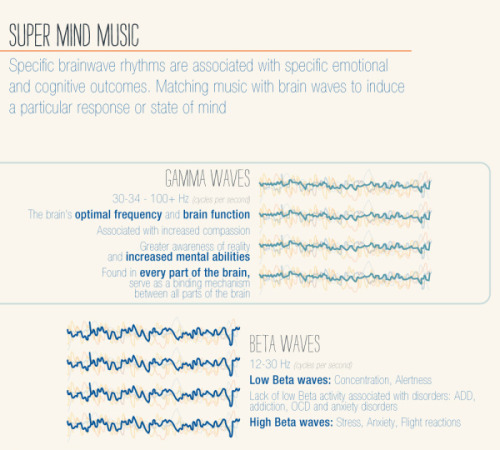
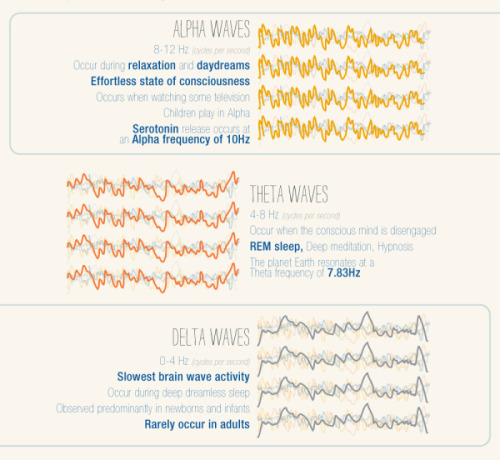




For more posts like these, go to @mypsychology

Researchers Discover Key Link Between Mitochondria and Cocaine Addiction
For years, scientists have known that mitochondria—the power source of cells—play a role in brain disorders such as depression, bipolar disorder, anxiety and stress responses. But recently scientists at the University of Maryland School of Medicine (UMSOM) have identified significant mitochondrial changes in brain cells that take place in cocaine addiction, and they have been able to block them.
In mice exposed repeatedly to cocaine, UMSOM researchers were able to identify an increase in a molecule that plays a role in mitochondria division (or fission) in a reward region of the brain. Researchers were able to block this change by using a special chemical, Mdivi-1. The researchers also blocked responses to cocaine by genetically manipulating the fission molecule within the mitochondria of brain cells, according to research published in Neuron.
“We are actually showing a new role for mitochondria in cocaine-induced behavior, and it’s important for us to further investigate that role,” said Mary Kay Lobo, PhD, Associate Professor of Anatomy and Neurobiology.
The researchers initially studied the mitochondria in cocaine-exposed mice and determined that mitochondria fission increased in the major reward region of the brain. To confirm this same change in humans, researchers were able to identify similar changes in the mitochondrial fission molecule in tissue collected from post mortem individuals who were cocaine dependents.
Dr. Lobo said that this latest research could help UMSOM researchers better understand changes in brain cells and mitochondria from other addictive disorders. “We are interested to see if there are mitochondrial changes when animals are taking opiates. That is definitely a future direction for the lab,” she said.
How to Study Effectively | Psych2Go


If you like more posts like these, follow us @psych2go



-
 annanee93 liked this · 6 months ago
annanee93 liked this · 6 months ago -
 annita89r4ten3h liked this · 6 months ago
annita89r4ten3h liked this · 6 months ago -
 annita89ecdwc7hsh liked this · 6 months ago
annita89ecdwc7hsh liked this · 6 months ago -
 halcaeyon liked this · 1 year ago
halcaeyon liked this · 1 year ago -
 katanra liked this · 1 year ago
katanra liked this · 1 year ago -
 satanplease liked this · 1 year ago
satanplease liked this · 1 year ago -
 bergzerk liked this · 1 year ago
bergzerk liked this · 1 year ago -
 riordanversezine liked this · 1 year ago
riordanversezine liked this · 1 year ago -
 uncordihara liked this · 1 year ago
uncordihara liked this · 1 year ago -
 tobeavirginian liked this · 1 year ago
tobeavirginian liked this · 1 year ago -
 zetsubonoheishi liked this · 1 year ago
zetsubonoheishi liked this · 1 year ago -
 bonjourlasodomie liked this · 1 year ago
bonjourlasodomie liked this · 1 year ago
